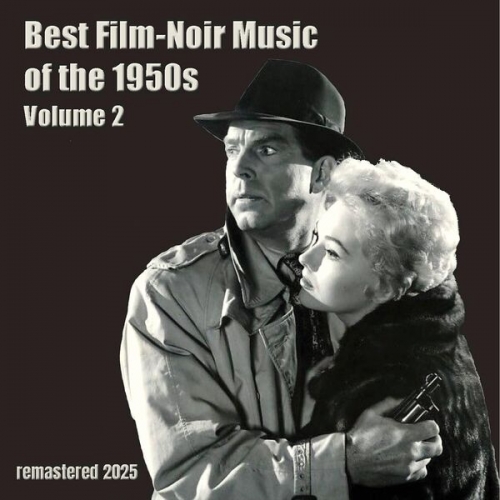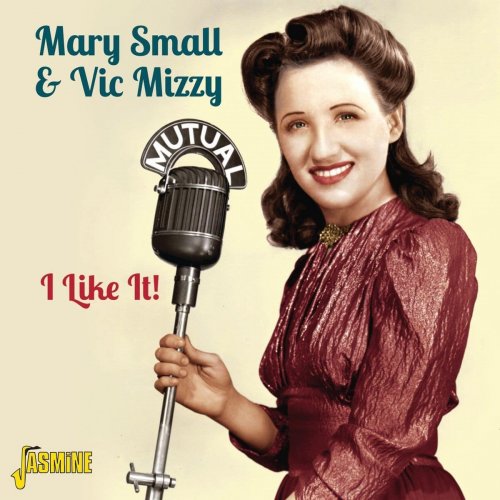Talking Pictures - Humming (2000)
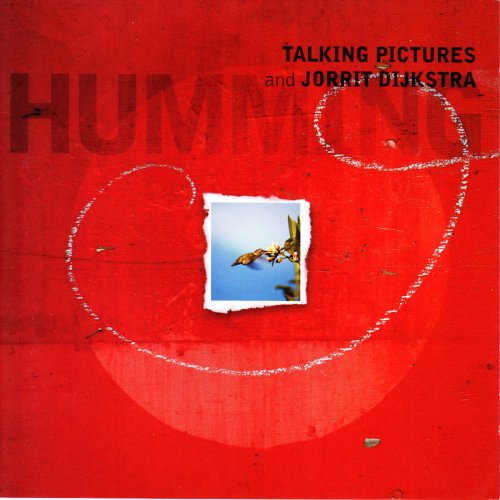
Artist: Talking Pictures; Jorrit Dijkstra
Title: Humming
Year Of Release: 2000
Label: Songlines
Genre: modern; creative; ambient jazz
Quality: FLAC (tracks)
Total Time: 55:56 min
Total Size: 258 MB
WebSite: Album Preview
“…tantalizing adventures that open doors to the labyrinths of improvisation, deep groove swing, and surreal playfulness…”Title: Humming
Year Of Release: 2000
Label: Songlines
Genre: modern; creative; ambient jazz
Quality: FLAC (tracks)
Total Time: 55:56 min
Total Size: 258 MB
WebSite: Album Preview
— Coda
From Vancouver and Amsterdam, two centres of creative music that have forged many links in recent years, comes this collaboration between Dutch saxophonist Jorrit Dijkstra and Ron Samworth’s quartet, one of Canada’s tightest jazz units, praised for its “cinematic frame of reference” and “closely attenuated style of group playing, deliberate yet wholly responsive, with a wonderful sense of space” (Mark Miller, The Globe and Mail). Talking Pictures responds to Dijkstra’s hummable melodies with unusual empathy, producing a lyrical, tough, dreamlike set that integrates live electronic processing with free or structured improv. Dijkstra comments:
“I first met Talking Pictures in 1997 during a festival in Paris organized by the Hask Collective. I immediately liked the band and was amazed at how fluently they interacted, the confidence they had in their improvising, and the way they combined precision with looseness. I’ve felt total freedom in composing for them. I knew they would be able to play everything I had in my head and still find a way to make it their own.
“One of the things in improvising and composing I’ve been interested in lately is the layering of melodies and rhythms. Counterpoint as a compositional element has always been more important to me than harmony. I think in lines, counter-melodies and rhythmic shapes. For example, in the case of ‘Barcode’ I was thinking of strange, frantic shapes and wrote them down. A lot of the melodies in there have to do with symmetry to organize this chaos. If one thing goes up, another goes down. They sound like harmonies but are actually melodies. This horizontal thinking comes from the fact that I’m a sax player and therefore feel I’m responsible for melody. It’s always something I can sing in my head.
“My use of electronics, especially the loop devices, is a perfect extension of this. With loop devices you can layer melodies, change or process them slightly, and therefore create rhythmical, almost minimal soundscapes. They have a pulse without it necessarily being a fixed groove or beat that you have to lock into as an improviser. Instead one can fly over this carpet more freely, floating in and out of the group improvisation (i.e. either the band or the layered loops). The other electronics I use are mostly to extend my saxophone sounds, to take it to extremes and to change its texture.
“For Talking Pictures I’ve tried to write pieces that would serve these ideas. The best examples are ‘Curve Belt’ and ‘Plant,’ both long floating melodies over a basic loop. The openness in rhythm and melody provides a good basis for group improvising. ‘Deaf Cat Lane’ has the same floating melodies, but in the improvisation section it turns into a game piece, inspired by the music of Dutch composer/pianist Guus Janssen, in whose septet I played for a while. The band is divided into two parties: cello/alto sax and guitar/trumpet, with a free role for the drums, to fill the gaps and glue the parts together. Each party has three cues, that sometimes can overlap each other. The third cue is free, so that’s the time players can join another party or be silent. I like these kinds of simple games even if it’s only a keyword, just to give a bit of structure to free improvising and to set up some parameters to make a clearer form. ‘Call Me In A Minute’ is a little vamp, written to end a group improvisation with looped, diatonic material as the keywords.
“One great thing about this band is the varieties of colour we can create: I’ve orchestrated the pieces on Humming all very differently, to avoid traditional roles. The title cut is orchestrated differently in every section, and in each section the main melody is played by a different instrument. In ‘XJ’ the electronics take care of the drone: a looped saxophone tone pitched two octaves down. On top of that are little sound chirps, like the crickets in a Mediterranean landscape. (The improvisation section has a weird electronic glitch, but fortunately it occurred at the right moment with a great texture.)
“Humming is a CD of melodies and sounds that often come to you while riding the bicycle, taking a shower, going for a hike – the melodies inside us. The music you make is affected by the places you live and by travel. Last year I was practicing on Hornby Island, BC, when a hummingbird came to check me out. Such a tiny bird, darting up and down, and rumbling its tiny motor. This scene could not have happened in Amsterdam, and neither could this music.”
Jorrit Dijkstra (b. Eindhoven, 1966) also plays soprano saxophone, clarinet, tin whistles, and lyricon. He toured Europe with Trio Jorrit Dijkstra (3 CDs on BVHaast Records), featuring Mischa Kool (bass) and Steve Argüelles (drums), with guests Stuart Hall and Benoît Delbecq. In 1995 he received the prestigious Podium Prize from the Dutch Jazz Foundation. He has performed/recorded with Willem Breuker and Guus Janssen, and performed with Maurice Horsthuis, Jaap Blonk, Marty Ehrlich, Jim Black, Mat Maneri, Kenny Wheeler, Barre Phillips, and Marc Ducret. In 1998 he received a Fulbright Grant to study and teach at the New England Conservatory in Boston, where he developed his technique for live electronic processing of his saxophone sounds. He currently leads the electroacoustic trio Tone Dialing, the Dutch/Scottish folk and improvisation group Drones in the Bones, and his solo project with electronics.
Composer/guitarist Ron Samworth (b. 1961) established Talking Pictures in 1993, has toured the group in Canada and Europe, and recorded two CDs for Red Toucan (Ciao Bella, 1995, and The Mirror with a Memory, 1996). He is co-leader and current artistic director of Vancouver’s New Orchestra Workshop (CDs on 9 Winds, Maya, Spool, Tzadik Composers, and with Rene Lussier on Victo), performs in François Houle’s electroacoustic quartet (CD, Au Coeur du Litige, on Spool) and the Hard Rubber Orchestra (Victo), is a longtime collaborator with Vancouver theatre company Ruby Slippers and EDAM Dance, and has performed with Barry Guy, Wayne Horvitz/Butch Morris/Bobby Previte, Han Bennink, Barre Phillips, Marilyn Crispell, George Lewis, and Vinny Golia.
Bill Clark (b. 1958) performs/records with NOW and the Hard Rubber Orchestra, which commissioned three pieces from him including the score for the ice theatre piece Pavel and the Puck. Peggy Lee (b. Toronto, 1963) performs/records with Standing Wave, the Tony Wilson Sextet and NOW, and leads and writes for the Peggy Lee Band (Spool). She has also recorded with the Vinnie Golia Large Ensemble, and duos with violinist Carlos Zingaro (Hat Art) and Dylan van der Schyff (Spool). Peggy and Dylan were featured on the François Houle 5 CD In the Vernacular (Songlines). Dylan (b. Johannesburg, 1970) performs/records with Houle’s electroacoustic quartet, NOW, the Peggy Lee Band, the Brad Turner Quartet, the Tony Wilson Sextet, the Chris Gestrin Trio, and has recorded with Eyvind Kang (Spool) and John Butcher.
“…The result is not music beyond category (as Duke Ellington like to say), but the foundations of new sounds that are difficult to categorize. The disc starts off simply enough with Dijkstra’s composition ‘Curve Belt’ where looped sound plays against the melody he has created. Then there is the title track where Peggy Lee’s cello intro is sampled and looped but not processed beyond the simplicity of her performance. That comes later when, as admitted by the musicians, they are not really sure which sounds each has made on some point of the recording…Dijkstra’s saxophone work reminds me of the energy and form of John Zorn. The collaboration here with trumpeter Bill Clark begs for a Dave Douglas/Zorn/Masada comparison especially from the track ‘Plant.’ — Mark Corroto, AllAboutJazz.com
“Easily overlooked but not easily forgotten…The electronics are so well integrated that one is aware of music, not ‘electronics’…Humming is a winner.” — Lafolia.com
01. Talking Pictures; Jorrit Dijkstra - Curve Belt (6:45)
02. Talking Pictures; Jorrit Dijkstra - Humming (6:32)
03. Talking Pictures; Jorrit Dijkstra - Scarab/Plant/XJ (20:50)
04. Talking Pictures; Jorrit Dijkstra - Later (5:46)
05. Talking Pictures; Jorrit Dijkstra - Barcode (2:55)
06. Talking Pictures; Jorrit Dijkstra - Dead Cat Lane (5:20)
07. Talking Pictures; Jorrit Dijkstra - Call Me in a Minute (7:48)
![PEAKS, Florian Marques - Invitation(s) (2025) [Hi-Res] PEAKS, Florian Marques - Invitation(s) (2025) [Hi-Res]](https://www.dibpic.com/uploads/posts/2026-01/1767415608_cover.jpg)
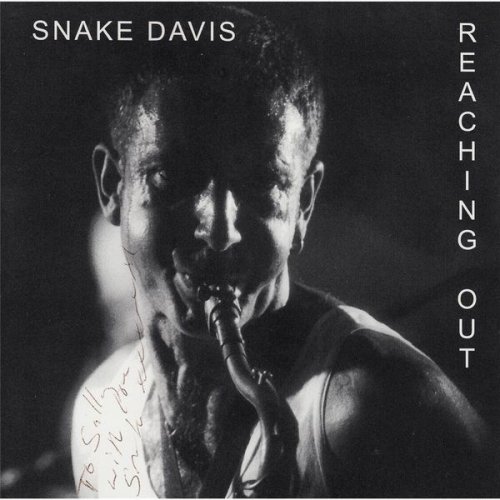
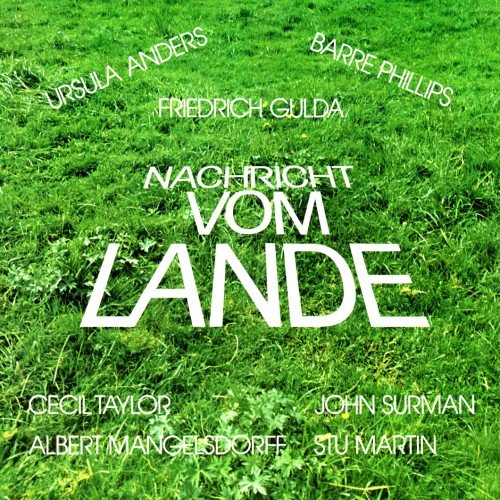
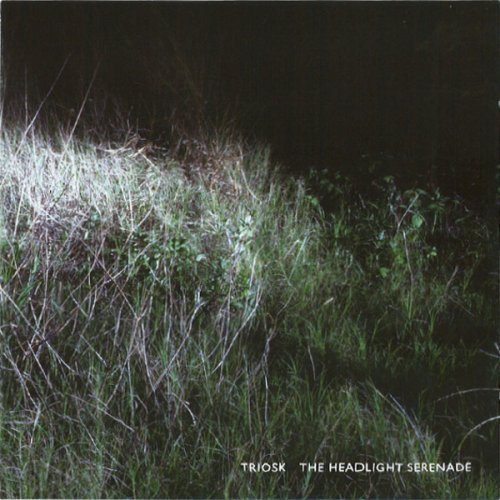
![Nathanial Young - Live Under The 7 (Live) (2026) [Hi-Res] Nathanial Young - Live Under The 7 (Live) (2026) [Hi-Res]](https://www.dibpic.com/uploads/posts/2026-01/1767514877_cover.jpg)
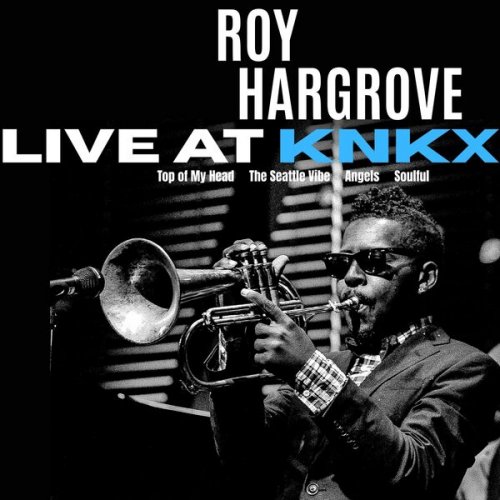
![Patrick Gibin - Let It Go / Joint Purpose / In This Together (The Joaquin Joe Claussell Remixes) (2025) [Hi-Res] Patrick Gibin - Let It Go / Joint Purpose / In This Together (The Joaquin Joe Claussell Remixes) (2025) [Hi-Res]](https://www.dibpic.com/uploads/posts/2026-01/1767515269_a0142682780_10.jpg)
